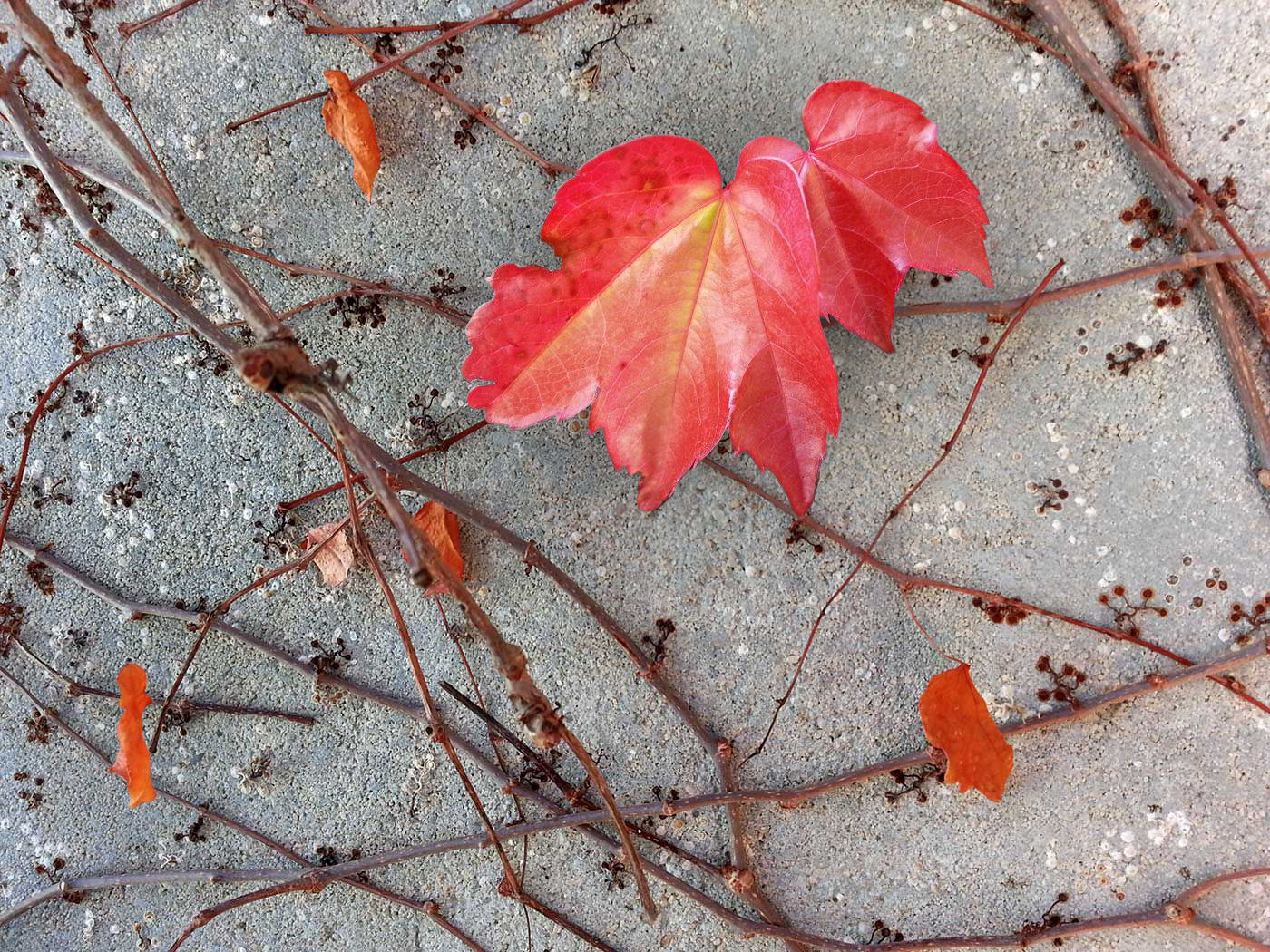

an exercise in compassion, health & hope
DIES IRAE
In the fiery Dies Irae large orchestral-choral forces wrestle furiously with the spirits of old rage and misery - subterranean toxic forces within the psyche and within a civilization.causing havoc.
The text is traditional Latin, translated into old English:
Days of wrath and doom impending
Heav’n and earth in ashes ending
Oh what fear man’s bosom rendeth
When from heav’n the judge descendeth
On whose sentence all dependeth
Wondrous sound the trumpet flingeth
Through earth’s sepulchres
All before the throne it bringeth.
This movement follows on immediately after the Crucifixus, using the same notes in the same instrumentation with which this section of the Requiem concluded, still in spacious 3/2.
It proceeds in Ligetian fashion with very long notes gradually fading and shifting, until the motive introducing the diabolical dance in 6/8 emerges spikily from the depths in the ‘celli and contrabass.
Viola and harp harmonics provide the moment of calm before the storm in an eerie tritone over a timp roll.
Then all hell breaks loose in the choir, strings and brass. More uneasy calm follows. Xylophone and upper strings col legno hint at the psychic skeletons about to be revealed. A second outburst adds a jittery jig on piano, skeletons gather momentum in spiccato and then, trouble in earnest begins to develop. Interjections from the trumpets, snare, xylophone and harp punctuate the high choral descending chromatic shrieks and wails. Woodwind including piccolo and E flat clarinet and lower strings join in the jig.
Overlaid text in English and Latin ominously combines the opening Dies Irae powerful choral motive and the jig outline, with piano and flute introducing the “dominant” version of the jig. That this dance is jinxed is confirmed a moment later when solo violin 1 enters playing scordatura (the devil’s violin) with a string trio which emerges intermittently between tutti turmoils.
Slower and quicker renderings of the text of wrath and doom alternate with the jig settings. The choir awaits the judge’s sentence sotto voce, before being interrupted by strident woodwind trills and stabbing brass depicting the trumpets resounding through earth’s sepulchres. Lower choral voices take over the chromatic descent while the jig frolics frothily in the uppers, until the orchestral body takes on the final battle of shaking the imprisoned soul asunder, breaking the bonds of the past.